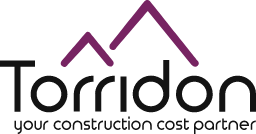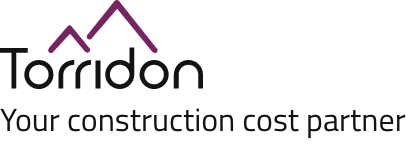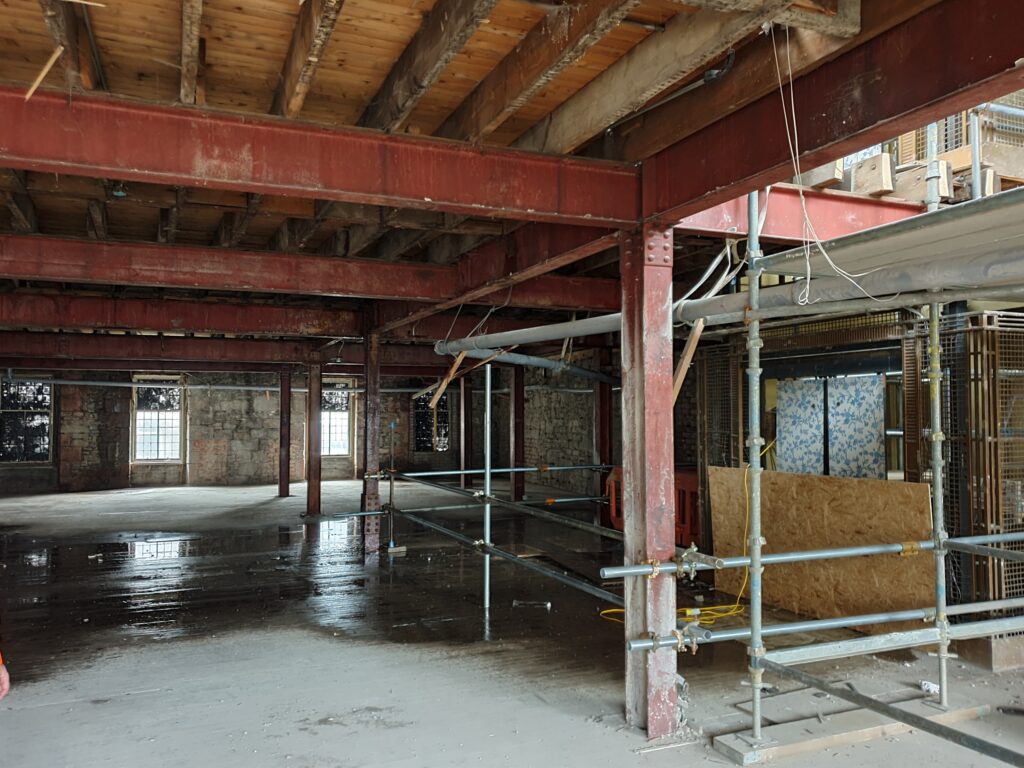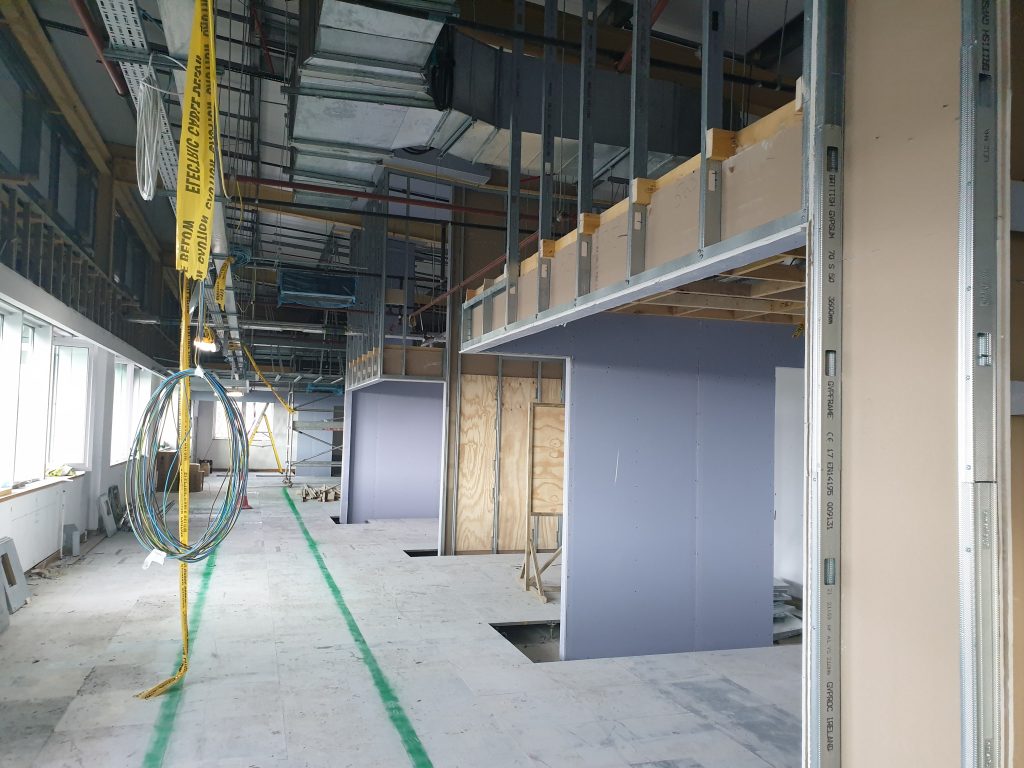
As with a lot of professions, we are guilty as surveyors for using industry terminology, jargon and acronyms. Clarity is very important and doesn’t just apply to knowing your numbers! In this follow up post I’ll highlight 10 acronyms that your QS might be using in conversation with you and what they mean.
1) BoQ - Bill of Quantities
This is essentially a very detailed schedule of all the work required on the project, that the contractor can price. This is often produced by a QS at tender stage to ensure that all the tenderers price the project on the same basis.
2) PQQ – Pre Qualification Questionnaire
Often it is useful to send an initial enquiry out to the market to narrow down the number of contractors for tender stage.
The purpose of this stage is to ensure that all contractors who will be invited to tender for the project have passed any initial financial checks, insurance requirements and have the capacity to deliver the project. Issuing this in advance of the main tender is advantageous as it does not impact on the overall programme as it is usually undertaken in parallel with the design development and it means that only contractors who meet the client’s requirements will proceed to the next stage.
3) NRM – New Rules of Measurement
The new rules of measurement are essentially a framework to ensure that all professionals consistently produce measurement and pricing documents in a commonly understood way that can be easily understood by tendering contractors and avoids disputes at a later date.
The New Rules of Measurement comes in three editions:-
- NRM1 – this is for cost planning
- NRM 2 – this is for production of pricing schedules / bills of quantities (this replaces an old standard which was known as SMM7)
- NRM 3 – this is for building maintenance works
4) VE – Value Engineering
Value engineering is all about ensuring that the designed solution is optimum its efficiency. It often has a reputation for being a ‘cost cutting’ tool, but this isn’t meant to be the intention. It should instead be an ongoing process that often be led by the QS and implemented by the design team to ensure that the building meets the clients brief and balances cost with the quality of the scheme.
5) PS – Provisional Sum
A provisional sum is used on a project where there isn’t enough information to accurately price something. There are different types of provisional sums (defined and undefined), and depending on the nature of the work and how much information is available this will determine which type, and how they are valued during the construction phase. The main advantage to including a defined provisional sum is that the contractor should include for this within their programme.
6) RIBA Stage # (0 – 7)
Stages in the lifecycle of a project are defined by RIBA (Royal Institute of British Architects) in their Plan of Work. There are 8 stages in total from 0 to 7, with each representing a certain stage of the design of a project. This common framework allows the design team to co-ordinate with each other so that the design progresses at the same pace for all disciplines. The stages are summarised as:
- 0: Strategic Definition.
- 1: Preparation and Briefing.
- 2: Concept Design.
- 3: Spatial Coordination.
- 4: Technical Design.
- 5: Manufacturing & Construction.
- 6: Handover and Close Out.
- 7: In Use.
7) PCI – Pre-Construction Information
The Pre-Construction Information is a series of documents which are issued to the contractor to enable them to safely build on the site. The information includes information about the site, and its surroundings, access restrictions, contaminants, and anything which might impact on how the contractor can safely plan and deliver the work. It is usually prepared by the Principal Designer on a project, and issued with the tender documents.
8) LDs / LADs - Liquidated Damages
Within most forms of construction contract, there is an ability to set a predetermined amount of Damages. Damages are essentially there to cover the loss of one party should the other be in default (i.e. if the Contractor is late in completing the project, and the Employer incurs costs as a result). This amount is calculated approximately in advance and inserted into the contract before the works commence.
9) PC - Practical Completion
Practical Completion essentially marks the end of the construction phase of the project. Simplistically, all works have been completed to a satisfactory standard and the building is handed over to the client. At this stage there are sometimes minor aspects of the work that aren’t complete, or defects that will be fixed after handover. After Practical Completion there is a period (normally 12 months, but dependent on the contract) where the Contractor will attend to any issues, or defects in the construction of the building.
10) Option A/B/C Insurance
In a JCT/SBCC construction contract there are clauses which are completed prior to signing that state how the building and works will be insured. This is because there are different options which are used in construction projects – usually depending on whether you are constructing a new build, or refurbishing an existing building, and the options will determine who is responsible for what part of an insurance policy.
These are categorised as:-
- A – this requires the Employer to be included as a “Joint Name” with the Contractor on the insurance policy for the new works.
- B – this requires the Employer to provide “Joint Names” insurance policy for the new works and the existing structure.
- C – this requires the works and existing structure to be insured by ‘other means’.
Conclusion
As you can see, there is a lot of acronyms that are used by Quantity Surveyors on construction projects. If you aren’t experienced in construction, a good surveyor will take the time to make sure that their communications to you are clear and concise, but hopefully this article helps you some way towards understanding at least some of the industry terminology.
